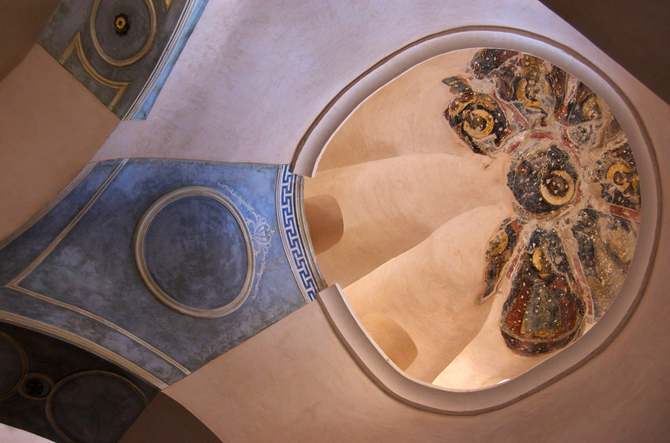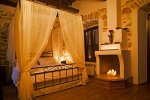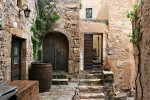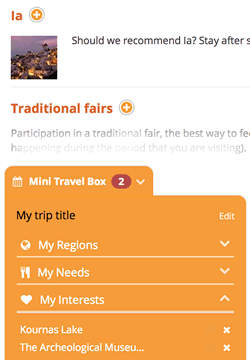The imperial stauropegial Nea Moni is an old Monastery built in 1024 AD and located 12km away from the city center. It is a masterpiece of Byzantine architecture with a rich history around its name. Due to its dimensions, the visitor gets the impression of a small village and not a monastery. Nikitas, Ioannis and Joseph were the first monks and the founders of the monastery, who also found the icon of Panagia on a myrtle. Konstantinos Monomachos, when he was named Emperor (as predicted by the monks) gave many privileges to the monastery, building a glorious church at first. This church is considered to be the most significant example of an insular octagonal temple with cupola. Its pillars and props are missing, while its structural parts are the outer-narthex, the inner-narthex and the main temple. Apart from the church, the resistant cistern (a water cistern as a stock in case of a war), a part of trapeza (the dining room of the monks) and the tower are still preserved. The chapels of Agios Panteleimonas and the Holy Cross (Timios Stavros) belong to the monastery. In the second chapel, several bony exhibits of the victims of the slaughterous Massacre are hosted. The cemetery and the chapel of Agios Loukas are located outside the wall, as well as, some cells north of the monastery. The Library and the Museum of the monastery are open to the public. Within the church, you will be amazed by the preserved mosaics. The black and the gold color, which have been used for the mosaics, add a hint of melodrama in the representations. Nea Moni's mosaics are one of the most significant creations of visual arts in Greece. On the iconographies, which are dated back to the 11th century and depict the life of Christ, the Constantinopolitan beau ideals are distinctive. In 1990, Nea Moni was registered as a monument in the World Heritage List.
-
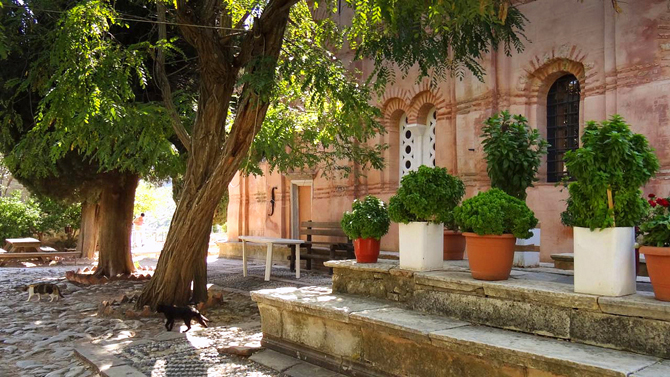
-
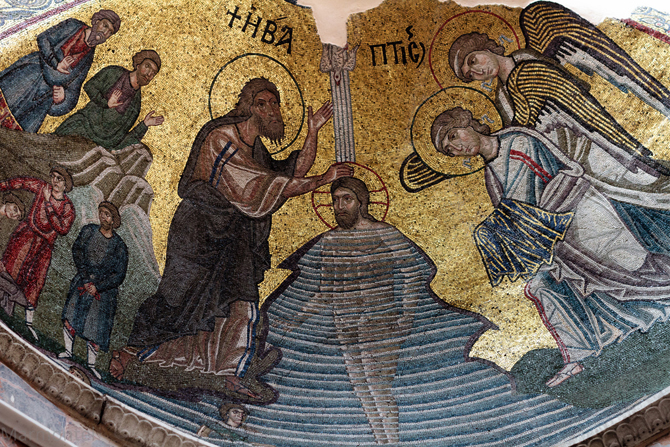
-
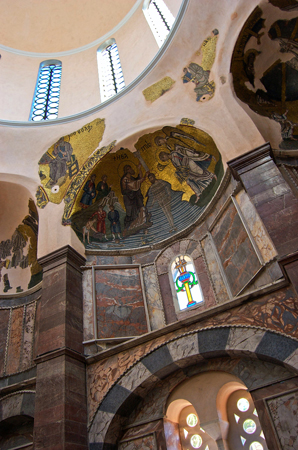
-
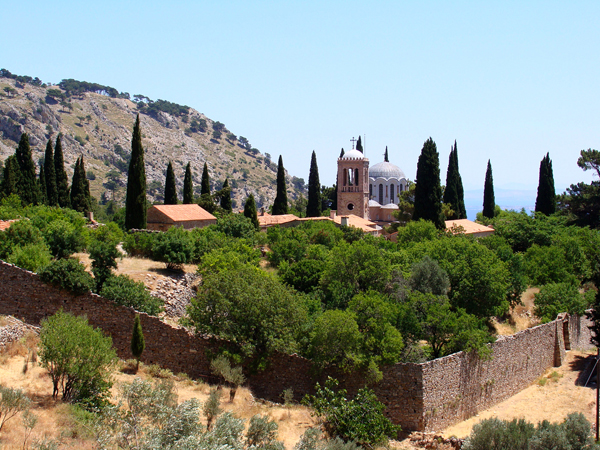
-
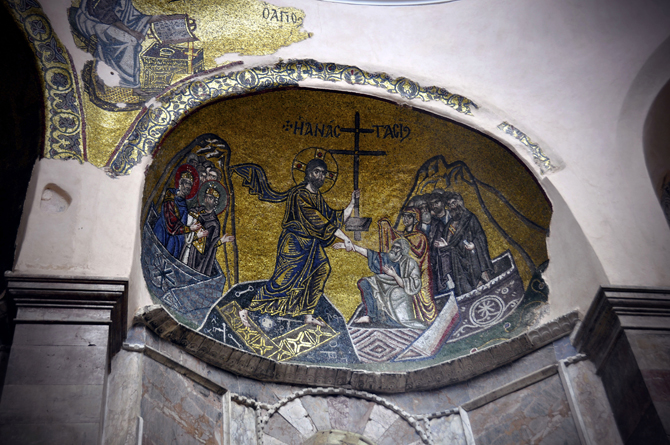 © ΙΣΙΔΩΡΟΣ Δ. ΠΛΑΚΩΤΑΡΗΣ
© ΙΣΙΔΩΡΟΣ Δ. ΠΛΑΚΩΤΑΡΗΣ -
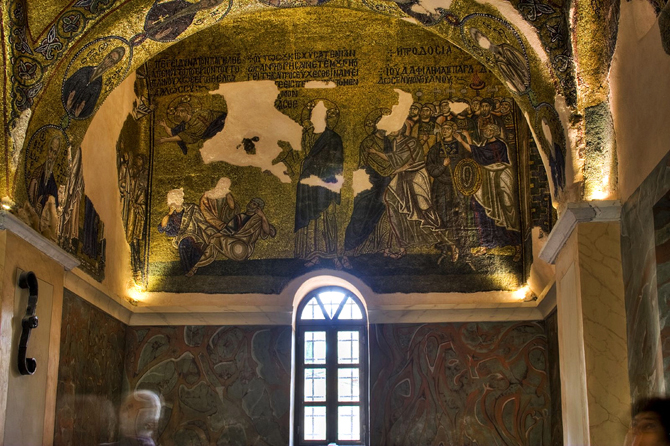
-
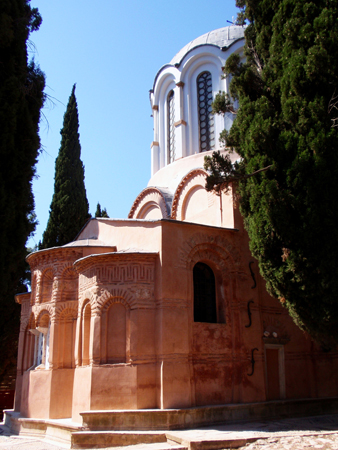
-
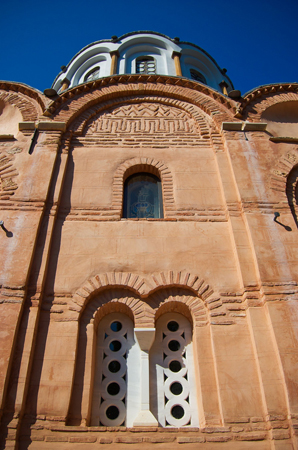
-
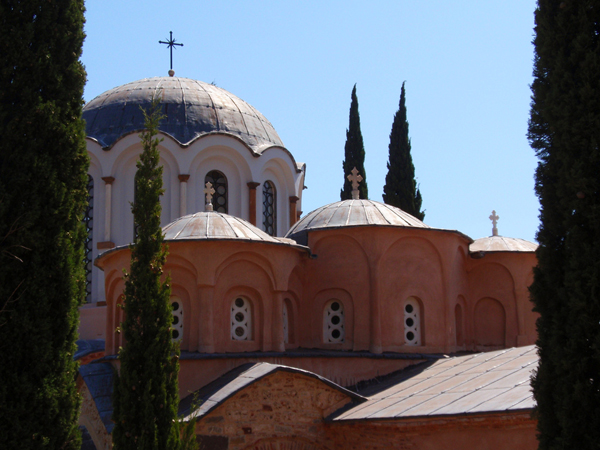
-
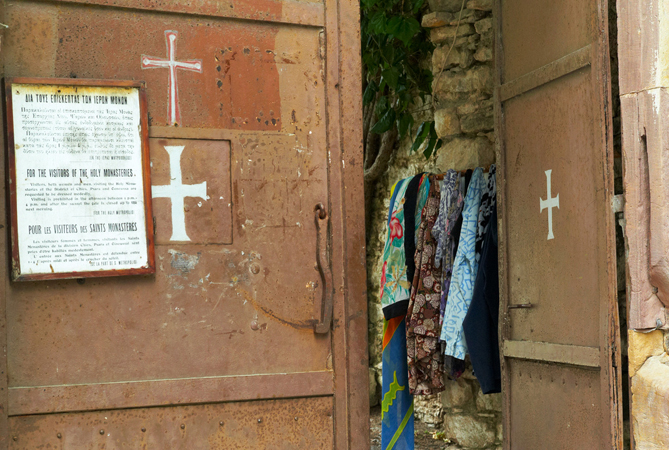
-
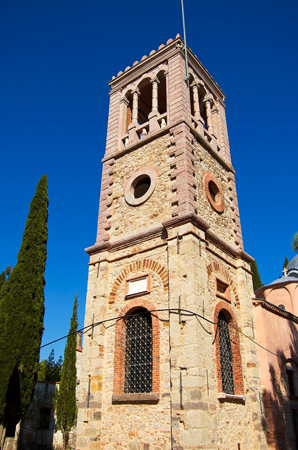
-
